Osteopathy has been recognised as a therapy that may help with prevention of migraines. In 2015, migraine was ranked the 3rd highest cause of disability worldwide.
What is a Migraine?
Migraines can be hard to identify as there are a number of varieties. Some people will experience the headache without the aura. For some patients, the migraine is abdominal, with no headaches at all. For simplicity, the main features of migraines without aura are as follows:
A headache that periodically returns, with each attack lasting between 4 hours and 3 days
The headache is confined to one side of the head and may be described as throbbing
The intensity of the headache is moderate to severe
There may also be nausea, or sensitivity to light or sound
Physical activity typically makes symptoms worse
Auras are:
A collection of symptoms that develop slowly and last no more than an hour each
Symptoms may include visual or other sensory disturbances
Speech and language may also be affected, but this will not come with any weakness
At the end of this period, symptoms will have disappeared completely with no residual features
Potential Risk Factors
There is a lot that is not understood about migraines, but there are some factors that have been frequently found to have some sort of connection with migraine attacks. Certain foods and drinks may trigger symptoms, sugar and caffeine are often identified with the help of a food diary. There may also be hormonal links- some women find that their symptoms start with puberty, come and go through their menstrual cycle, and improve or progress during pregnancy or the menopause.
Stress is also a common factor, which may also be associated with muscle tension in the neck and shoulders.
How can Osteopathy Help?
Osteopaths look at the body as a whole, so we can spot problems in one area of the body that may be overloading another. Every case is unique, but if your migraine is associated with an excessive demand on the neck, we will assess the upper back and shoulders to see why the need is so high. Often, especially for people who have a sedentary job, the upper back becomes stiff without causing many direct symptoms. As movement is lost here, the body tries to pick it up elsewhere- typically the neck and lower back. Sometimes rectifying this stiffness is as easy as working through the muscles and joints and making changes to the way your desk is set up. Other times it may be most beneficial to provide you with mobility or strengthening exercises.
The classic “desk posture” is associated with rounded shoulders too, which can further affect neck movement. A holistic approach like this might involve working on a number of different areas to ease the original problem.
As osteopaths have relatively long appointments, we may also be able to help you to identify your triggers. Discussion during treatment might highlight a pattern that you hadn’t spotted alone, which can subsequently be addressed. We can also work alongside your GP’s medication routine- you don’t have to choose one or the other. However, people who seek osteopathic treatment often want to avoid medication where possible, and that can still yield good results. One study found that osteopathic treatment can be more effective than medication alone.






